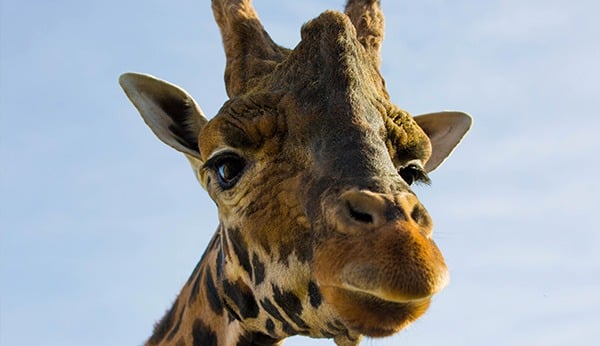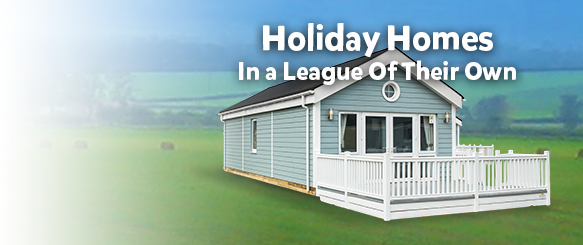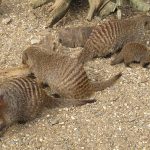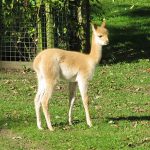Giraffe Training

For this week’s view from the zoo we are going to let you in on a secret on how we train and look after one of the taller residents here at Flamingo Land. We are lucky to have 11 Giraffes in two separate enclosures and houses at the zoo and as you can imagine that is a lot of work! In one of our houses we have three females called Charlotte, Amber and Zara as well as a male called Shingo. Their welfare includes giving them a balance diet that consists of a variety of leaves, branches, lucerne, specialised pellets and very occasionally vegetables. Now with our Giraffes reaching the heights of nearly 16 foot, their food is of course placed high up to match how they would eat in the wild and use their 1.5 foot tongues to pull branches down into their mouths.
However, we also have a special method of training them and look after their hooves. Giraffes are one of the most popular animals at the zoo but they can be very shy and sensitive creatures so the training will take many months. We often get asked how do we look after their feet so we are going to give you a quick summary on how it works. The goal of the training is the application of hoof oil as well as trimming and filing as necessary to improve hoof shape and maintain shape over time. This will be done through protected contact, meaning there will still be a barrier between the keeper and the Giraffe but still gives us access to their feet and lower legs.
It will start by introducing the Giraffes to target training. This is using a target stick for the giraffes to follow around and become comfortable with. Once they are used to this we can use vocal commands such as ‘hold’ and ‘touch’ getting them use to having more contact with the keepers. As they grow in confidence we can hopefully guide our giraffes to step onto a block which will be the hoof care station. Of course, as the Giraffes do what the keepers want, they get what they want – lots of rewards! Each individual will not necessarily find the same thing rewarding. During the summer and spring season willow will be the best reward for all the Giraffe, however during the winter months’ rewards will probably have to be vegetable based, such as parsnip, carrot and squash. However, this again depends on their individual likes and dislikes.
It can take between 3-4 months for a Giraffe to learn to place their foot on a block, have it brushed then lift its foot up for it to be trimmed. Giraffe feet have remarkable similarities to cattle feet, as such it is possible to use cattle feet scoring guides to score theirs. Charlotte (being the greediest and most confident) is progressing rapidly but with patience the others will as well. Sadly, the reason we have Giraffes and dedicate so much to their care is because their numbers in the wild are going down. We have lost 40% of all wild Giraffes in the past 15 years so we help conserve an endangered species here called Rothschild Giraffes. We have had two Giraffes calves this year as part of an international breeding programme and keeping the captive population on the up.


